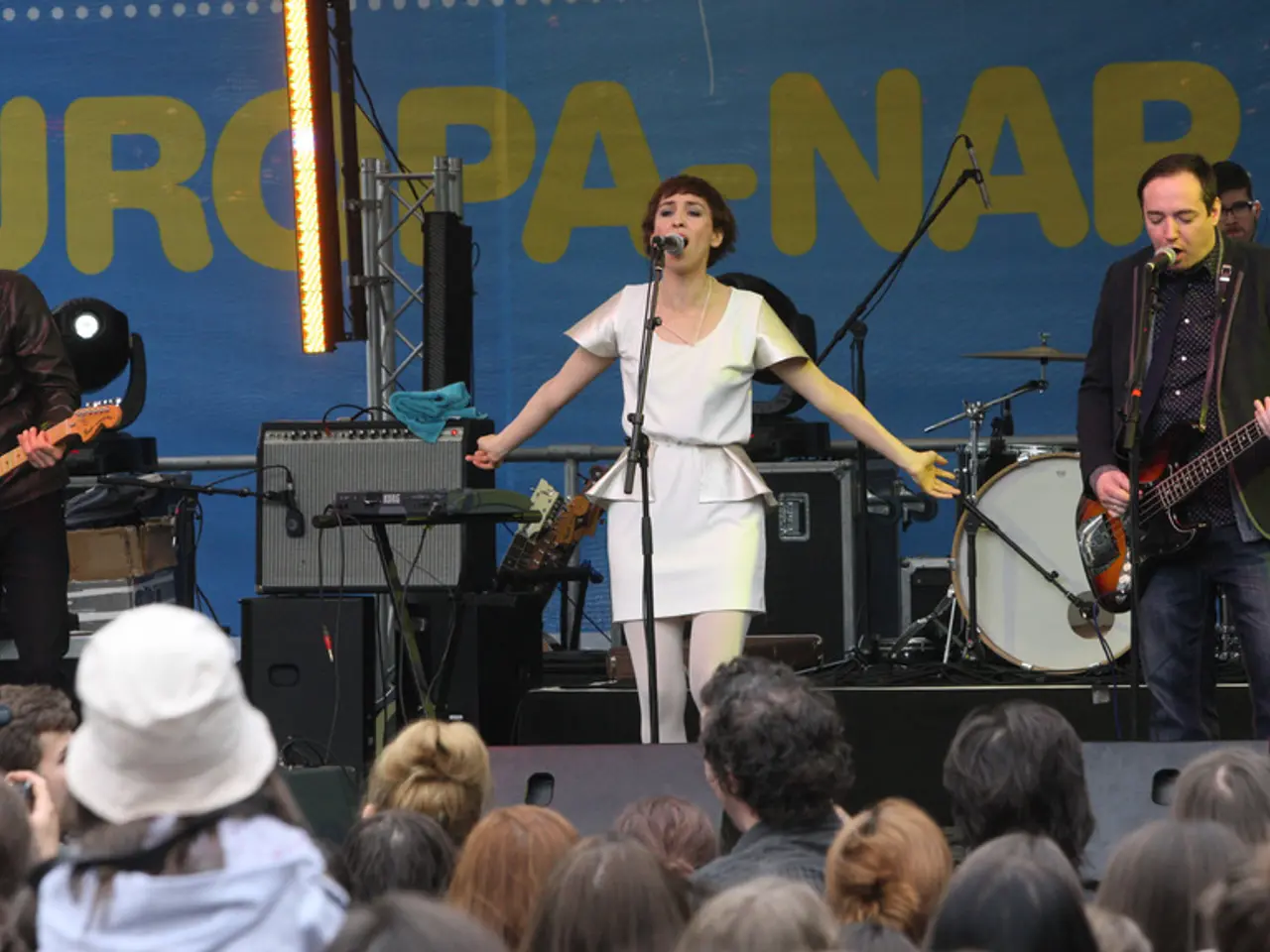Narrative Inversion Unveiled: Unraveling Tales That Revisit Their Own Paths
In the realm of storytelling, narrative reversals stand out as a powerful technique for captivating audiences and adding depth to tales. Unlike plot twists, which introduce unexpected developments, narrative reversals fundamentally alter the audience's perception by inverting or contradicting the story's direction or character status.
Narrative reversals come in various forms, each serving to reshape our understanding of the narrative. One common type is the Reversal of Character Fortune, where heroes fall from grace or villains rise unexpectedly, challenging our preconceived notions about the characters. Another example is the Reversal of Understanding, in which new information recontextualizes earlier events, as seen in films like The Sixth Sense.
Crafting effective narrative reversals involves careful planning and execution. Storytellers can introduce pivotal information that forces the audience to reinterpret earlier scenes or character motives, time the reversal strategically for maximum impact, use subtle foreshadowing to make the reversal feel both surprising and inevitable, deepen character development by revealing hidden traits or motivations, and enhance thematic complexity by contrasting the new reality with previously established ideas.
Among the five common types of narrative reversals, Character Revelation reshapes every previous action or scene by revealing something new about a character. In Hidden Motive Revealed, a character's actions are understood in a new light when the real reason behind them is unveiled. Emotional Reversals, on the other hand, change our perception of what was once triumphant to feel tragic, or vice versa. Structural Reversals reorder our understanding by circling back on the story's format or sequence.
When building towards a narrative reversal, it's beneficial to plant subtext rather than clues, focusing on emotional cues that will resonate differently in hindsight. Let the character discover the reversal first, use objects or echoed moments, and let the shift be thematic, not just factual.
In essence, narrative reversals are a specific subset of plot twists that radically change our perception as readers or viewers, achieved through carefully crafted revelations and timing to enhance engagement and story depth. By mastering this technique, storytellers can create narratives that captivate, surprise, and resonate with audiences.
In the realm of lifestyle, complaining about the challenges of crafting effective narrative reversals might be a common complaint among storytellers striving to captivate their audience with captivating narratives. Yet, these same storytellers often find solace in the refuge provided by fashion-and-beauty products or the escape offered by immersing themselves in books, where they can observe masterful narrative reversals in action as a means to refine their own craft.
On a special evening, as they settle into their favorite armchair with a cup of hot tea and a captivating book in hand, they might even feel a sense of entertainment as they witness the narrative reversals unfold before their eyes. This newfound appreciation for the power of narrative reversals could become the catalyst for further exploration and growth in their unique storytelling journey.








